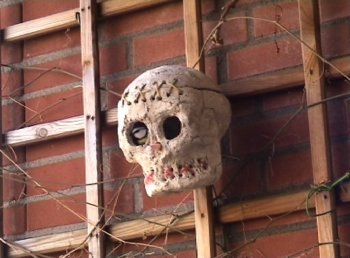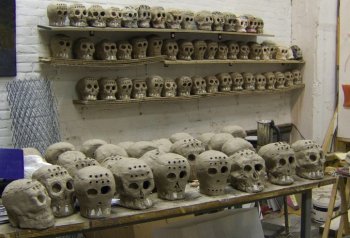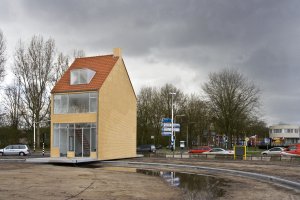
Ten years ago (where does the time go?), we told about the Rotating House (‘Draaiend Huis’) on a roundabout in Tilburg, North Brabant, made by John Körmelings. For quite some time now, the house hasn’t been turning anymore, as it’s broken, and fixing it would cost about 45,000 euro. The artwork cost 400,000 to build, and according to article on Vice.com (see link below), it broke down three times already. This would mean it has been fixed at least twice.
Sadly but not surprisingly at the moment, the Netherlands has a government that doesn’t like high art too much and feels that much of it is overrated. Since Dutch cultural institutions are dependent on government grants as opposed to endowments, sometimes people who don’t like art get to decide what lives or dies art-wise.
There’s currently a discussion about whether the rotating house should be fixed or destroyed. The city of Tilburg wants to fix it, but local youth politicians say the money can be better spent elsewhere like in healthcare. If the house is destroyed, then a lot of money would have been spent for nothing, whereas fixing it up means keeping a world-famous artwork turning for others to drive past and talk about.
Here’s a timelapse video of the ‘Draaiend Huis’ (‘Rotating House’)
(Link: vice.com, Photo: Stinkfinger Producties)

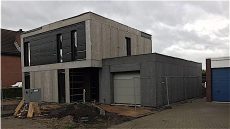
 Two weeks ago a man from De Meern near Utrecht was found dead in the crawlspace of his neighbour’s house.
Two weeks ago a man from De Meern near Utrecht was found dead in the crawlspace of his neighbour’s house.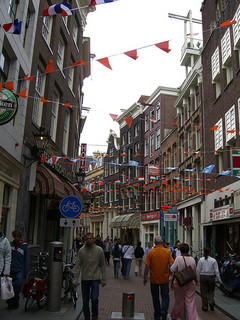
 Government ministers De Jager (Finance) and Middelkoop (Housing) have announced a temporary lowering of the sales tax on home make-overs from 19% to 6%.
Government ministers De Jager (Finance) and Middelkoop (Housing) have announced a temporary lowering of the sales tax on home make-overs from 19% to 6%.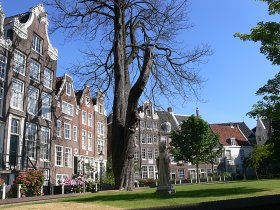 Apartment Therapy visited the
Apartment Therapy visited the 